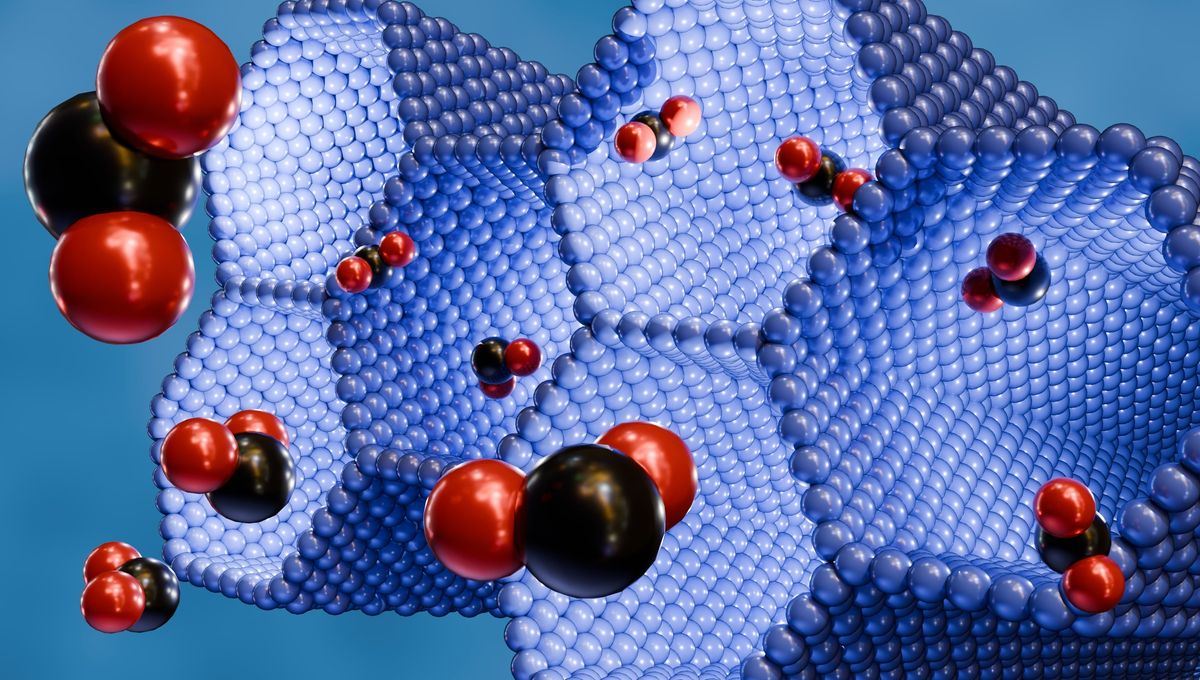
The winners of the 2025 Nobel Prize in Chemistry are Susumu Kitagawa, Richard Robson, and Omar Yaghi, “for the development of metal-organic frameworks”. The prize is worth 11 million Swedish kronor (around $1,170,000 USD at the time of publishing), which will be shared equally between the winners.
The rest of this article is behind a paywall. Please sign in or subscribe to access the full content.
Metal-organic frameworks are a completely new class of material that have extraordinary properties and very exciting potential applications, from cleaning water to trapping carbon dioxide and pollutants in the air.
“Metal-organic frameworks have enormous potential, bringing previously unforeseen opportunities for custom-made materials with new functions,” Heiner Linke, Chair of the Nobel Committee for Chemistry, said in a statement.
The interest in metal-organic frameworks is because they have a sponge-like structure. This means that they have a much larger internal surface area for a very small volume, and this interior space can be used to capture, store, and make molecules interact within the lattice. Metal-organic frameworks can be built to match a target molecule, which makes them a bespoke approach to filtering or keeping gases of interest.
The history of metal-organic frameworks started over 35 years ago. Back in 1989, Richard Robson was working on a spacious crystal made of copper – he created one similar to a diamond with innumerable cavities. The applications were immediately obvious, despite the molecular construction being unstable. It was Kitagawa and Yaghi who showed that there was a class of these crystals that could be created with higher stability.
Across the 1990s and early 2000s, independently with their teams, the new Nobel laureates have shown how to develop better metal-organic frameworks. Kitagawa has shown that fluid can flow through these structures, leading them to be built for the most exciting applications.
There are new metal-organic frameworks that are being developed and built every day. Demonstrations over the last decade have shown frameworks that can capture water from air, such as in the desert, that can remove carbon dioxide from industrial fumes, store liquid hydrogen, mine rare-earth metals from waste, break down oil contamination, and even extract forever chemicals such as PFAS from water.
The field is relatively young, but it has enormous potential to greatly benefit humanity.
Source Link: Nobel Prize In Chemistry Awarded For New Material Breakthrough